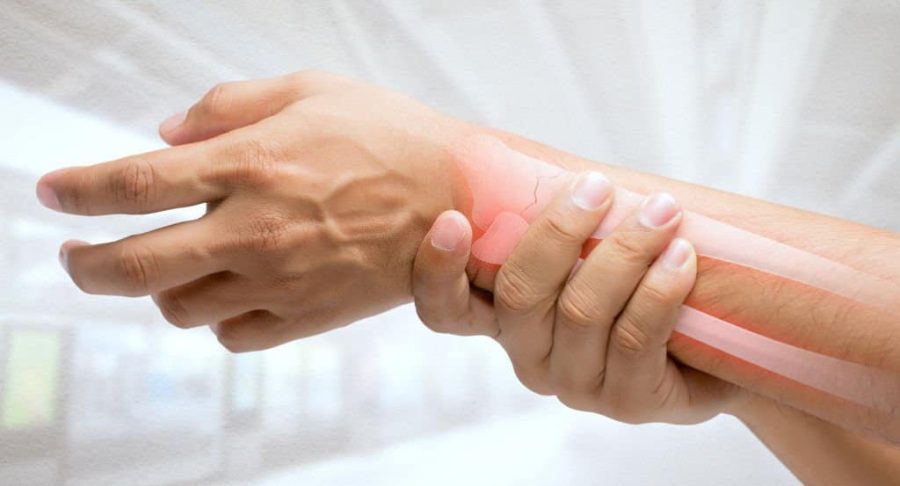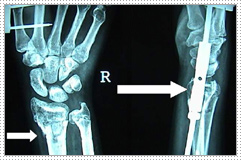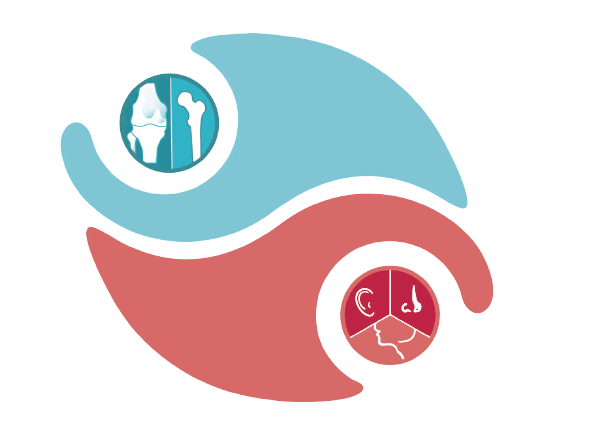Wrist Joint Fracture
- Home
- Wrist Joint Fracture

What is a Colles’ fracture?
Colles’ fracture is a broken bone in the arm near the wrist. The bone that is broken is called the radius. The radius is the shorter of the two bones of your lower arm and is on the thumb side of your arm. The break usually results from a fall on an outstretched hand.
How does it occur?
Such injuries often occur when a person slips or stumbles and puts out an open hand to break the fall. Such a fall can break a bone, especially in an older person whose bones are weakened and brittle (a condition called osteoporosis).
What are the symptoms?
Symptoms may include : Sudden pain Swelling Bruising Disfigurement of the wrist
How is it diagnosed?
X-Rays of the forearm and wrist are taken.
How is it treated?
You will be given medication to lessen the pain. If necessary, your doctor are will move the ends of the broken bones back into proper alignment. If the break is very severe, you may be given general anesthesia so that the bone can be repositioned during surgery. A cast or splint may be applied to help maintain the position of the bones. To maintain the alignment an external fixator may be applied as shown below. X-Ray on the left shows fracture and the pins. The arrow in the right side X-Ray shows the rod of the external fixator. In some cases small wires are passed under anaesthesia to maintain aligmment. Wires as well as external fiaxtor needs no cutting of the skin and can be taken out without anaesthesia in the Out patient Department. A Colles’ fracture usually takes up to 8 weeks to heal. X-Rays may be taken from time to time during recovery to see how it is healing. When the cast or splint is removed, the affected wrist and the fingers, hand, and shoulder on that side may be stiff for several more weeks. Your health care provider may prescribe exercise and physical therapy. You will not be able to bend your wrist while the cast or splint is in place. You may need someone to help you with daily activities such as cooking, housework, driving, and self-care (showering and dressing) until the cast or splint is removed. Older people in poor health may need extra help to maintain an independent lifestyle while they recover from a Colles’ fracture.

